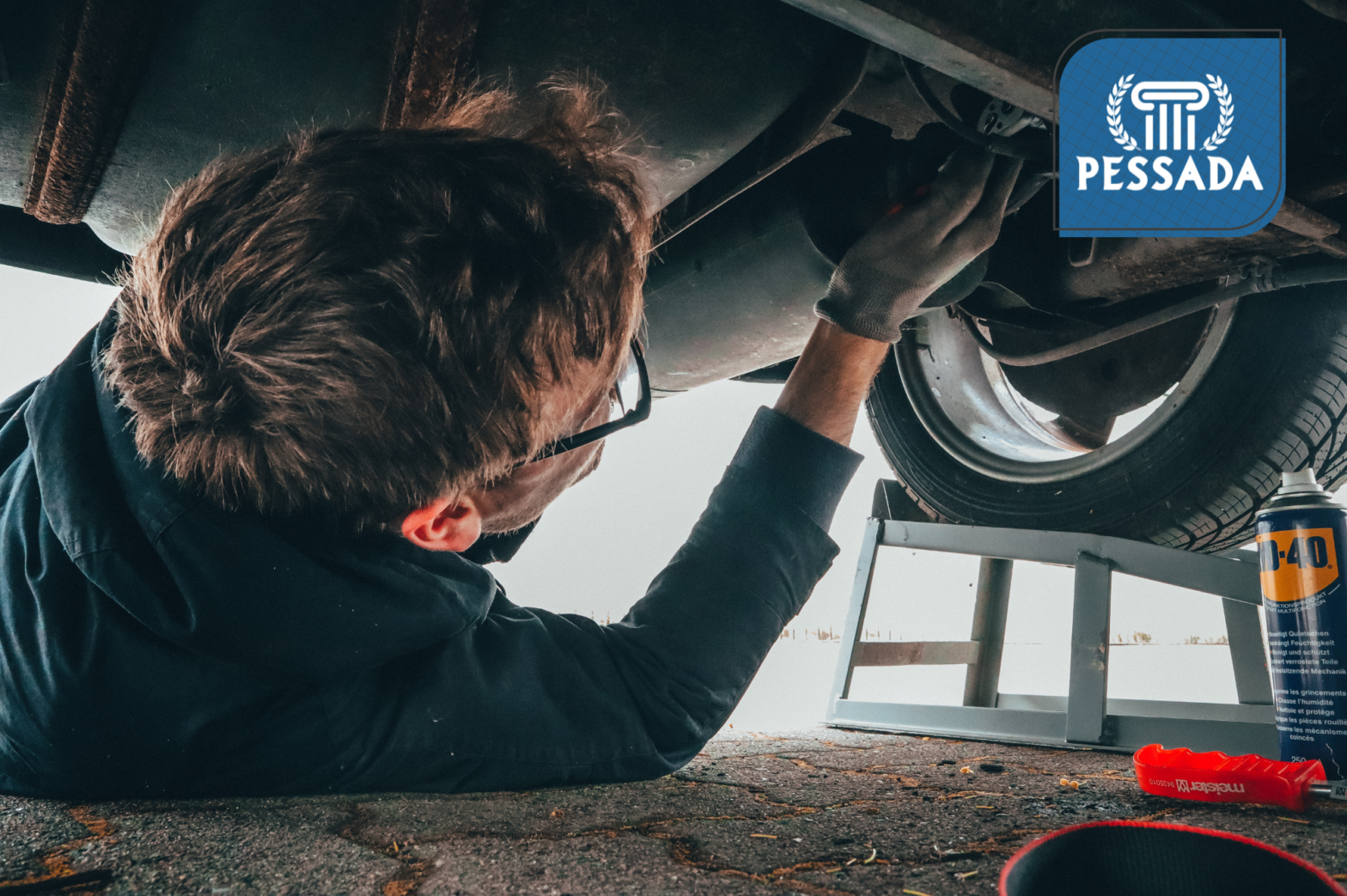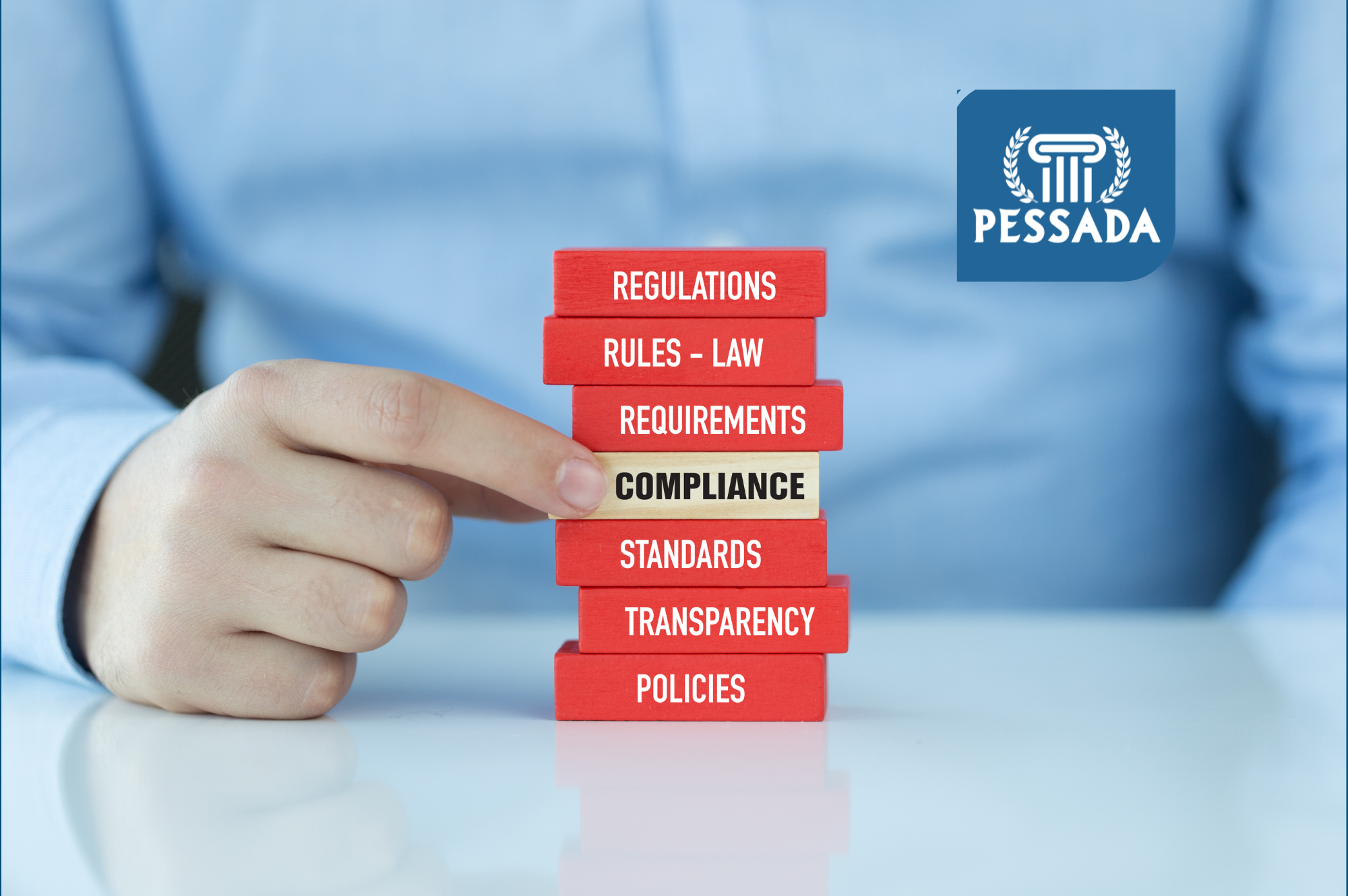Boost Service Drive Profits: 9 Proven Strategies Top Dealerships Use to Maximize Revenue

In today’s competitive auto retail environment, the dealership service department—also known as fixed ops—is no longer just a support function. It’s a core profit engine. With declining front-end margins on vehicle sales and fluctuating market demand, service drive profits have become more essential than ever. In fact, according to NADA, the fixed operations department can contribute up to 50% or more of a dealership’s gross profit.
So how do top-performing dealerships increase profit in the service drive while maintaining customer satisfaction and operational efficiency?
This article explores 9 proven strategies that leading dealers use to dominate in the lane—and how you can apply them to boost your auto dealership service drive performance today.
1. Optimize Service Lane Efficiency
To maximize shop capacity utilization, dealers must treat their service lane like a production line. Every idle minute costs revenue. Key tactics include:
- Proper shop loading software to align technician skills with jobs
- Reducing vehicle key-to-tech time
- Using mobile tablets to eliminate paper bottlenecks
- Monitoring technician proficiency and efficiency
According to Fixed Ops Journal, dealerships with well-optimized service processes can increase RO (repair order) growth by 20% or more annually.
2. Train Advisors to Sell More Services—Without Being Salesy
Your service advisors are the frontline of your profitability. Upsell success relies on their ability to recommend—not push—needed services. Dealers should:
- Invest in consultative sales training
- Role-play objection-handling scenarios
- Use Digital Vehicle Inspections (DVIs) to visually show concerns
- Measure and coach based on advisor closing ratios
Great advisors don’t just sell, they educate and build trust, which is critical for customer pay revenue.
3. Track the Right Fixed Ops KPIs
You can’t improve what you don’t measure. The most profitable dealership fixed ops teams obsess over data. Focus on KPIs like:
- Effective labor rate
- Parts-to-labor margin
- Average RO value
- Technician efficiency
- Service appointment no-shows
Use dashboards that tie directly into your DMS and review these daily.
4. Reduce Service Appointment No-Shows
Missed appointments = missed revenue. Strategies to reduce service appointment cancellations include:
- SMS and email reminders
- Offering online rescheduling
- Clear instructions for drop-off
- Sending appointment confirmations the day prior
High-performing stores automate this process through CRM or scheduling tools to cut no-shows by up to 30%.
5. Upsell Maintenance Services Through Bundled Offers
Bundling services such as oil changes, tire rotations, and inspections boosts upsell service repairs and customer satisfaction. Maintenance menus and prepaid service plans also encourage return visits, especially for newer vehicles still under warranty.
According to Cox Automotive, maintenance upsells through clear presentation tools can increase average RO value by over 18%.
6. Invest in Express Service Lanes
Adding express lanes for quick services (oil changes, tire repairs, etc.) increases throughput and brings new customers into the fold. These lanes improve:
- First-time buyer retention
- Shop capacity use during low-demand hours
- Advisor exposure to potential upsells
Many OEMs now incentivize this model, recognizing that fixed operations profitability drives overall customer loyalty.
7. Maximize Your Google Business Profile and Local SEO
When customers search “oil change near me,” is your dealership showing up? Optimize your:
- Google Business Profile with accurate hours, service offerings, and photos
- Collect and respond to reviews
- Use keywords like “Toyota service center in Dallas” or “Honda brake repair near me” in metadata
Local SEO brings in high-intent traffic ready to schedule today, improving service lane optimization and booking rates.
8. Improve Communication with Transparent Technology
Customer confidence is key. Use tools like:
- Digital vehicle inspections (DVIs)
- Text-to-pay systems
- Live vehicle status updates
These tools increase repair order approval rates, reduce friction, and boost trust, especially among younger consumers who expect transparency.
9. Balance Customer Pay and Warranty Work
While warranty work provides volume, customer pay services typically carry higher gross margins. The most profitable stores:
- Balance their warranty vs. retail mix
- Cross-train techs for diverse job types
- Market seasonal maintenance offers to drive retail demand
Aim for a steady flow of both volume from warranty and margin from retail in order to fuel sustainable growth.
Real-World Example
A Nissan dealership in Ohio reported a 22% increase in service gross over 6 months by combining shop reorganization, advisor training, and KPI tracking. They reduced average vehicle touch time from 6.5 to 4.2 hours and improved effective labor rate by 15%.
These results are not outliers, they’re replicable when processes and people align.
Want to Learn More?
Visit the Pessada Education Center for in-depth resources on dealership profitability, advisor training, and warranty administration.
Final Thoughts
Your service department holds untapped revenue potential. By applying the nine proven strategies above rooted in efficiency, data, and training and you can significantly increase dealership profit, retain more customers, and future-proof your business.
To go deeper on these strategies, visit our Pessada Education Center for tools, case studies, and more.


